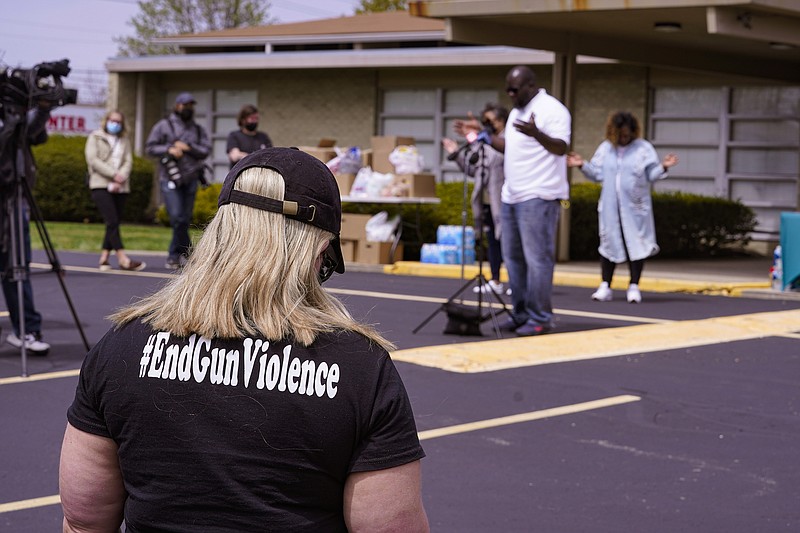While COVID-19 has dominated our public health discussions over the last year, we have failed to adequately address another deadly epidemic.
This epidemic affects more than 300 people every day in the United States and has a fatality rate of about 30%. It claims the lives of more than 3,000 American children and teens per year.
This uniquely American epidemic is one of gun violence.
And just like any public health crisis, there is no one easy fix. Consider cancer. Though we sometimes refer to this constellation of diseases as a monolith, there are, of course, many different forms of cancer, each with its own presentation, at-risk patient populations and modes of prevention.
And while there is no single intervention that will uniformly cut down on all morbidity and mortality due to cancer, we have nevertheless spent the last century and then some working on ways to screen for, treat and reduce the risk of getting cancer, in all its forms.
Similarly, there are many forms of gun violence. And while mass shootings tend to garner the most attention, such incidents actually account for a small portion of firearm deaths in the United States. More common are gun deaths and injury due to suicide, intentional homicide, domestic violence, robbery and assault, and accidental death.
And just like cancer, different forms of gun violence predominate in different at-risk populations, present in different ways and require unique modes of prevention. In other words, the same measures that prevent gun violence in the form of suicide are not necessarily the same measures preventing gun violence in the form of police brutality. They are different diseases under the same diagnostic umbrella.
No one measure, legislative or otherwise, will mitigate all modes of gun violence, any more than an annual colonoscopy will prevent all deaths due to cancer. Those who argue that a particular strategy is not a panacea and - therefore not worthwhile - are missing the point.
For instance, no one would suggest that seat belts eliminate all motor vehicle fatalities. However, seat belts - in conjunction with airbags, DUI laws, improved traffic signals, windshield safety glass and child car seats - are measures that, together, have contributed to a five-fold decrease in traffic fatalities since Congress passed the National Traffic and Motor Vehicle Safety Act in 1966.
We know how to do this. We've done it before.
And now, we can do it again.
This month, President Joe Biden presented a series of modest measures to curtail the gun violence epidemic plaguing our country. The executive actions include increasing funding for community violence intervention programs, directing the Department of Justice to stop the unregulated sales of "ghost gun" kits that can be made from parts purchased online, and encouraging states to adopt "red flag" laws that permit family members or law enforcement to petition a state court to temporarily remove firearms from someone who may be a danger to themselves or others.
The president has acknowledged these incremental solutions are not nearly enough. Larger-scale measures would require the support of Congress.
Gun violence is a complicated and intractable epidemic. But we once considered cancer untreatable as well, and most early attempts to treat it were small, palliative and only marginally effective against what felt like an incurable problem. The key is that scientists and doctors didn't stop there.
Sometimes the boldest move, especially when fighting an epidemic seemingly without end, is simply understanding that effective interventions involve taking one small step at a time.
Michelle Au, an anesthesiologist in metro Atlanta, is a Democratic state senator in Georgia.
The Los Angeles Times
